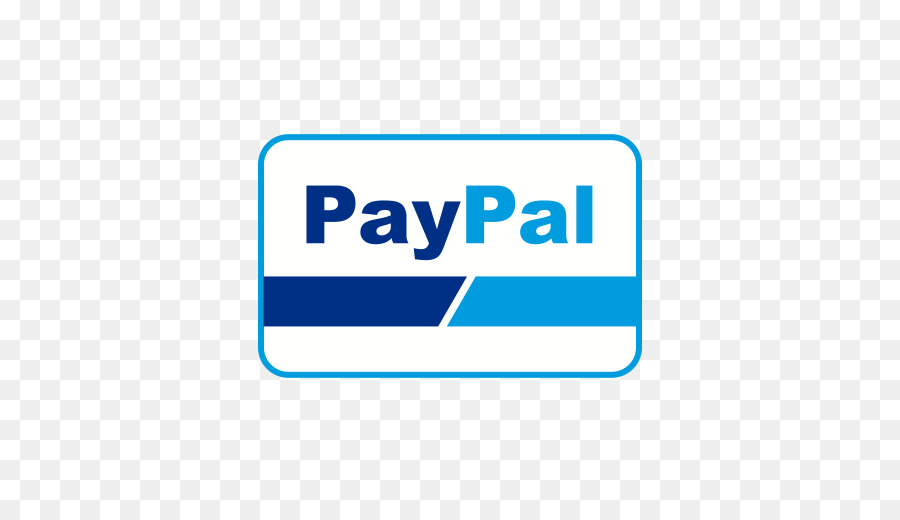Setting up automatic payments for your business can be a great way to save time and make sure all of your bills are paid on time. With the right setup, you can easily automate the process and ensure that all of your payments are taken care of without any manual effort. In this guide, we’ll show you how to set up automatic payments for your business in no time. We’ll cover the basics of setting up automatic payments, how to manage your payments, and how to stay organized. With the right preparation and a few simple steps, you can have your business’s automatic payments up and running in no time.
Benefits of Setting Up Automatic Payments for Your Business
Setting up automatic payments for your business has many advantages. Automatic payments make life easier for both customers and businesses. Here are some of the main benefits of setting up automatic payments for your business.
1. Increased Efficiency: Automatically processing payments saves time and effort. It eliminates the need for manual entry and paperwork, resulting in a more streamlined and efficient process. Automated payments also help to reduce the risk of errors associated with manual data entry.
2. Improved Cash Flow: Automatic payments help to ensure that customers’ payments are received on time. This helps to improve cash flow and keeps your business running smoothly.
3. Reduced Costs: Automating payments eliminates the need for a dedicated staff member to handle payment processing. This can help to reduce costs and improve profitability.
4. Improved Security: Automated payments are more secure than manual payments. Automated payments are processed using encryption technology, which helps to protect customer data and prevent fraud.
Overall, setting up automatic payments for your business can provide many benefits. It can help to improve efficiency, cash flow, security, and reduce costs.
Steps to Setting Up Automatic Payments for Your Business
Setting up automatic payments for your business can be a great way to streamline your finances and save time. Here are some steps to help you get started:

1. Choose your payment processor: You will need to decide which payment processor you want to use for your automatic payments. Popular options include PayPal, Stripe, and Square.
2. Set up your payment system: Once you have chosen your payment processor, you will need to set up your payment system. This will involve setting up the account and linking it to your business’s bank account.
3. Choose the payment frequency: Decide how often you want payments to be processed. This could be weekly, monthly, or another frequency depending on your business requirements.
4. Set up automated payment reminders: You can set up automated payment reminders for customers who haven’t paid their invoices yet. This will help ensure that payments are made on time and that you don’t miss out on any money owed to you.
5. Monitor payment statuses: Finally, you should monitor the payment statuses of all payments made via your automatic payment system. This will help you to keep track of who has paid and who hasn’t, and take any necessary action if payments are not made on time.
By setting up automatic payments for your business, you can save yourself time and make managing your finances much easier. Follow these steps to get started today!
Tips for Ensuring Proper Set Up of Automatic Payments
Setting up automatic payments is an easy way to make sure that your bills are paid on time and that you don’t miss any important payments. If done correctly, it can save you time and money. Here are some tips for ensuring proper set up of automatic payments:
1. Choose the right payment method: Before setting up automatic payments, make sure that you choose the right payment method. Most people prefer to use their bank account for this purpose, but you can also use a credit card or PayPal.
2. Make sure the payment information is correct: Double-check the payment information that you provide. This includes the payment amount, payment date, and payment recipient. Make sure that all of the information is correct before setting up the automatic payment.
3. Check your bank account regularly: Even if you have set up automatic payments, it’s still important to monitor your bank account regularly. This will help you catch any errors or unexpected payments.
4. Review your payments: Every few months, it’s a good idea to review your payments and make sure that everything is correct. This will help you catch any discrepancies and make sure that your payments are being made on time.
Following these tips can help ensure that your automatic payments are set up correctly and that you don’t miss any important payments
In conclusion, setting up automatic payments for your business can be a great way to save time and energy. With the right tools and resources, you can get started in no time. Taking advantage of online banking services and leveraging third-party payment processors can be an efficient way to manage your business’s finances. Automating your payments can help you stay organized, reduce manual effort, and improve your overall cash flow. Ultimately, automating payments can help you better manage your business’s finances and keep you from getting overwhelmed.













